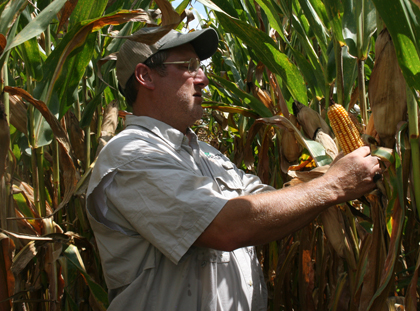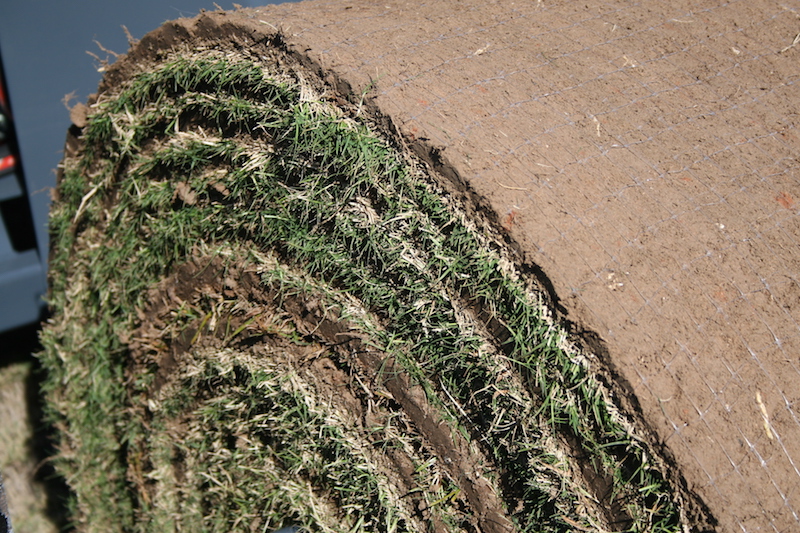 CAES News
CAES News
Sod Survey
If your spring landscape plans include installing sodded turfgrass, you can expect to pay more this year, according to a University of Georgia and Georgia Urban Ag Council survey.

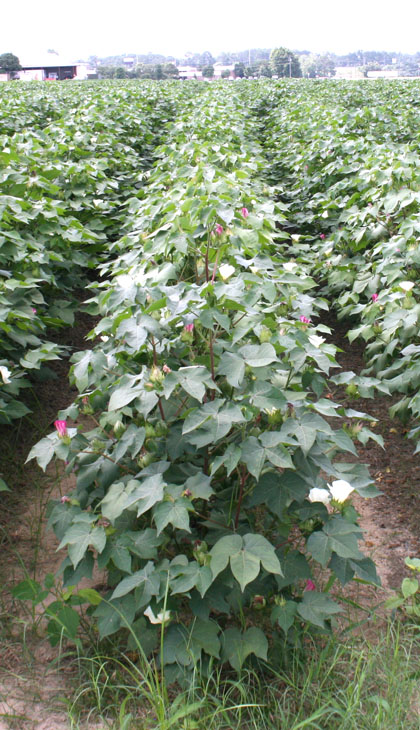

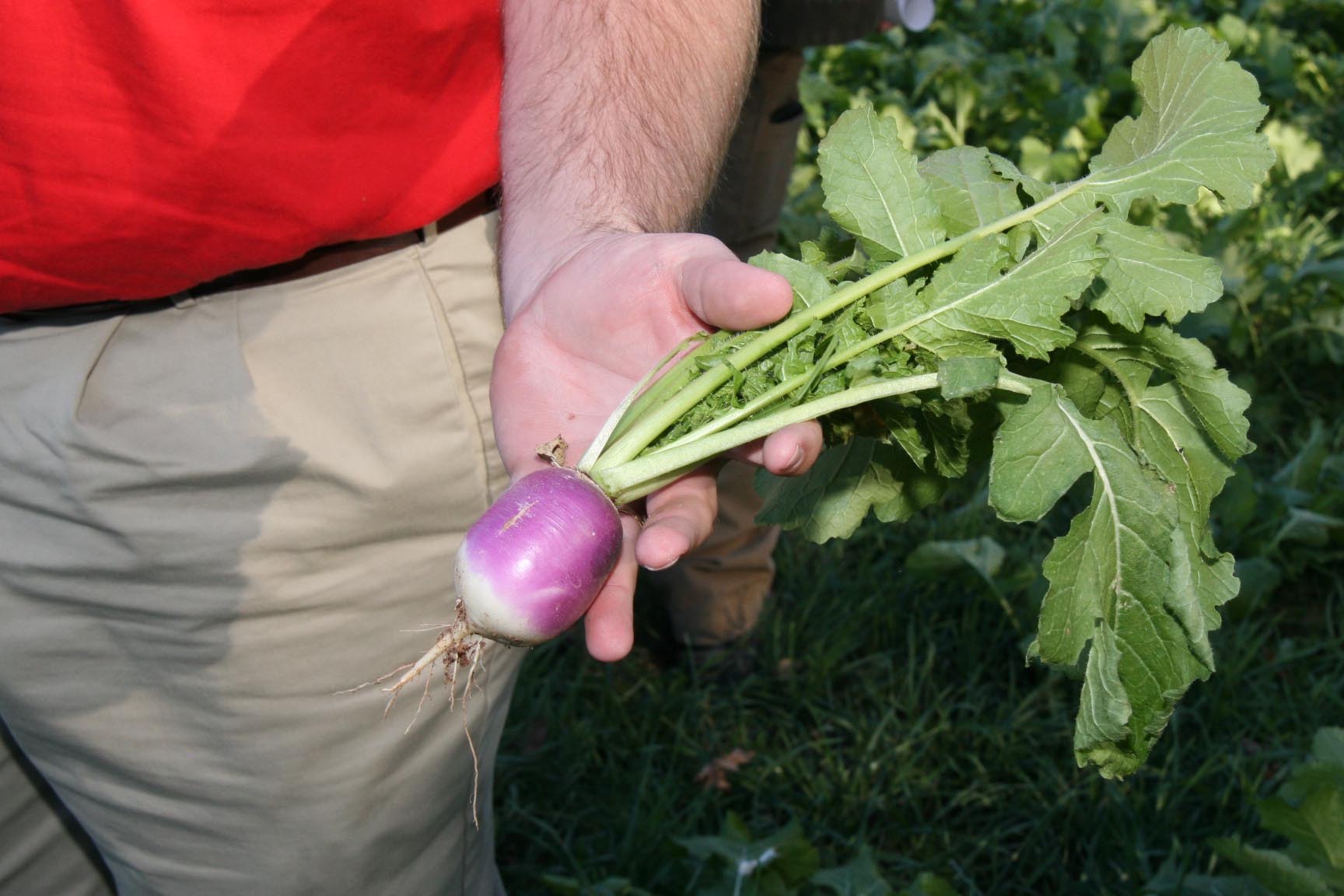
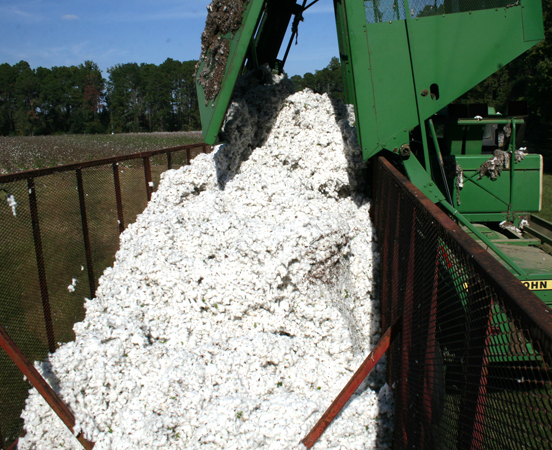
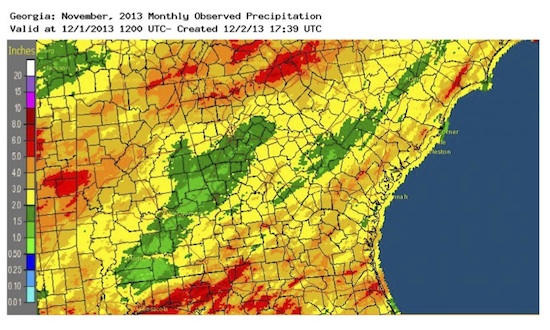
.jpg)
